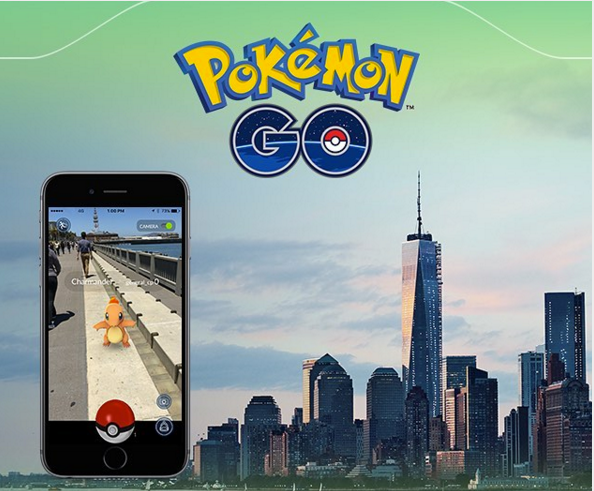
There’s a good chance that by now you’ve heard of Pokémon Go – the augmented reality-based game that lets users hunt for and collect Pokémon in their surroundings. You might have seen people walking around looking even more intently at their phones than usual before suddenly stopping to frantically swipe.
In the first 24-hours post-launch, Go achieved more downloads and daily users on Android devices than Tinder has ever managed – a staggering figure when you consider it only launched in the US, Australia and New Zealand.
Some of the stories emerging about people falling in ditches while playing or being guided to sex shops will leave you staring at articles in bewilderment, but beyond showing us that many people do stupid things when not paying attention, ‘Go’ has given us several positive things to consider.
Finally, a use for AR
The popularity of Go could help accelerate the mainstream adoption of Augmented Reality faster than any previous attempt. The program previously spent most of its 10-year lifespan as a fun but relatively pointless technology, used by brands with a bit of spare cash.
The new launch is particularly timely for AR, as its cousin Virtual Reality is seeing more and more investment, but with a high cost of entry and lack of scalability holding it back, now may well be a chance for AR to steal a march.
Gaming at a crossroads
As well as being a clever ‘gamification’ of a popular franchise, Go ticks all the game loop boxes – engagement, retention, ‘virality’ and monetization. In addition to changing brands’ approach to marketing, it could well lead to a huge shift in the gaming sector as companies try to strike a profitable balance between building a console and suite of games or to invest more in mobile on the basis that you’ll get your product into far more hands.
Whilst not unprecedented, Pokémon go is one of an elite group of games to go properly viral, but with Nintendo shares up 53 percent in Go’s first week, the reward is clear to see. In fact, SensorTower estimate that in its first 7 days Go was making around $1.6 million per day, and that revenue estimate is limited to iOS only.
Localization of retail marketing
While platforms like Google and Facebook have invested heavily in mobile advertising technology over the past few years, the idea of getting an alert from Starbucks every time you walk past one still isn’t appealing. Unless if you’ve got your eyes glued to Pokémon go, then it might be quite useful I suppose.
Go has shown us that if brands can engage consumers, they will come to you. Reportedly in Sydney, over 4,000 people came to a Pokémon Go hangout on the weekend following launch, just to catch the little critters, while Central Park in New York is awash with people trying to ‘catch em all’.
Go is also heavily localized, with players having to stand right outside a stops of Gym (where players go to battle their Pokémon) being to access content. With a number of Gyms found in shopping malls, retailers are hoping to cash in on the success of Go, with some even offering free balls if you drop by to lure gamers in get them spending on non-Pokémon related goods.
Find a purpose
As fun and addictive as the game is, like many mega games before it we will likely see a backlash from confused parents or the State once people start getting killed when stepping under buses whilst playing the game. After all, remember when Grand Theft Auto was solely responsible for all gun crime? Or consider what consumers will think of brands who sponsor gaming tournaments that play shooting games like Halo once they become more mainstream.
However, one thing Pokémon Go has up its sleeve is that this game relies on you to move around as you ‘hunt’ your neighborhood, taking detours on your way to school and ultimately to be more active, which can’t be a bad thing.
Written by Henry Riggall, Assistant Director of Global Growth, J. Walter Thompson Company.


